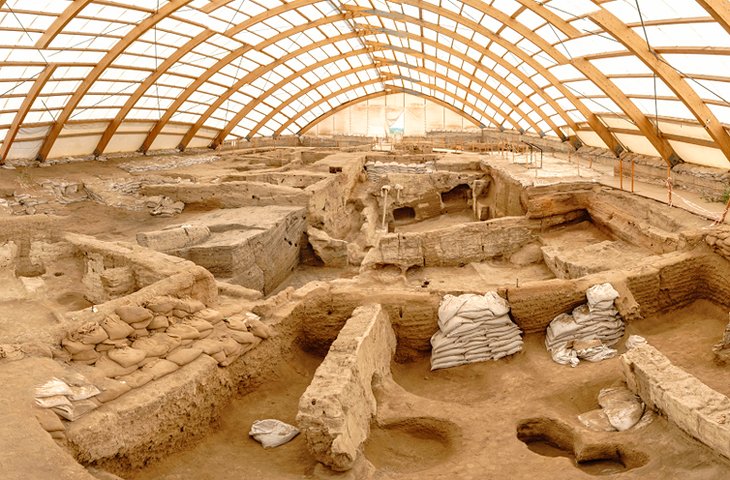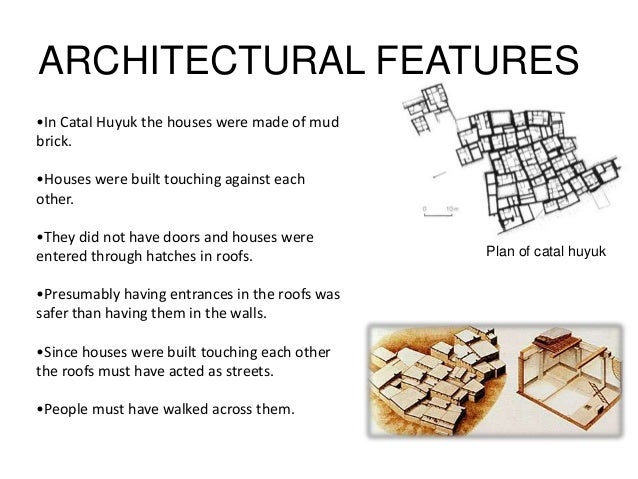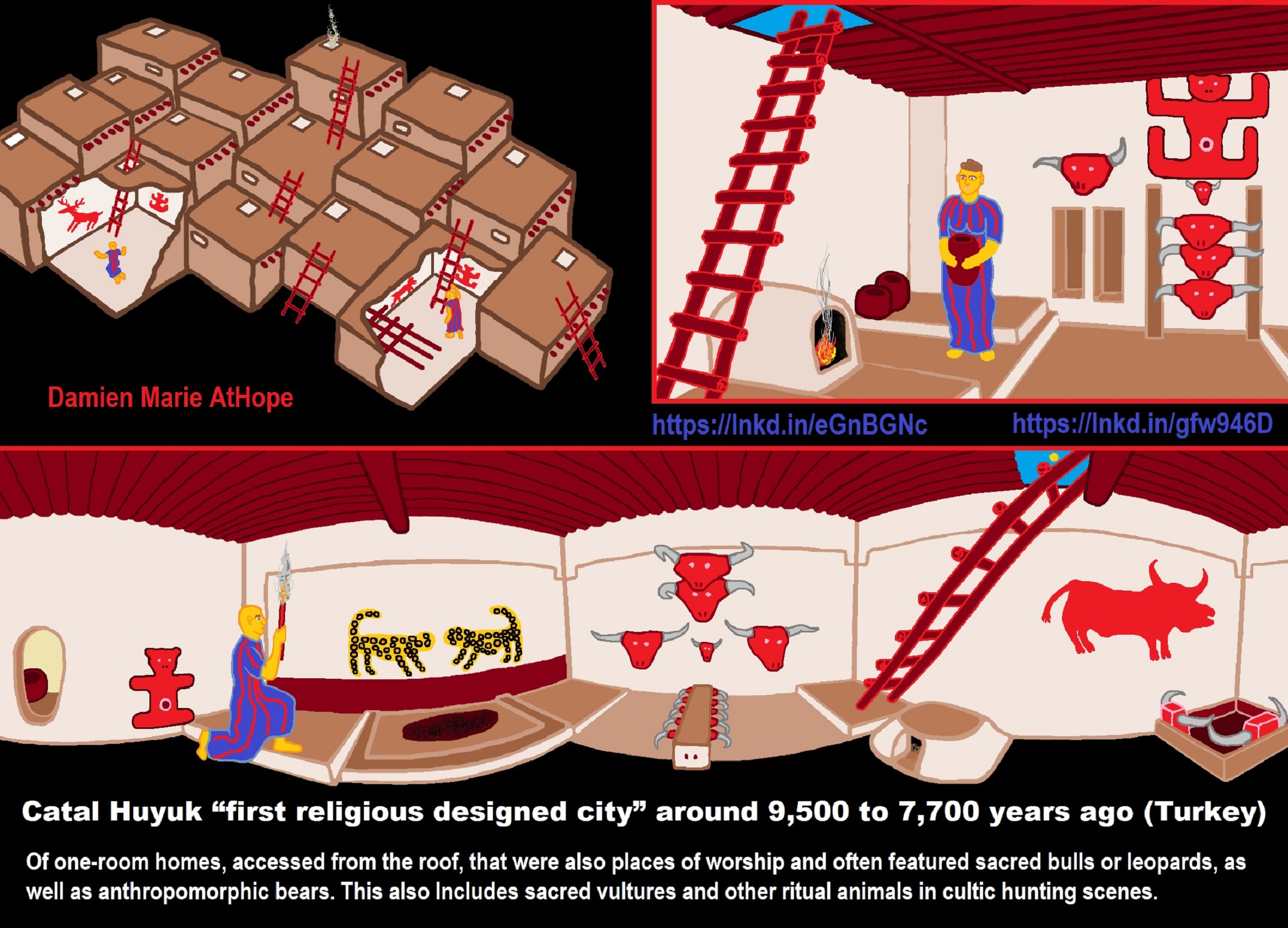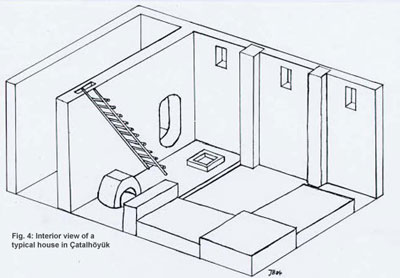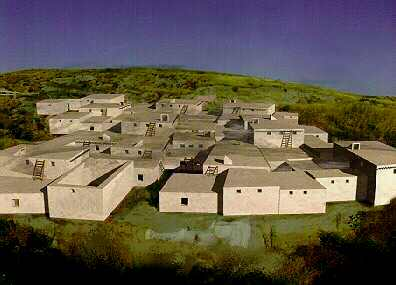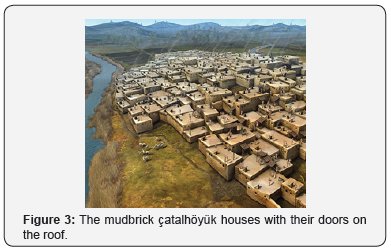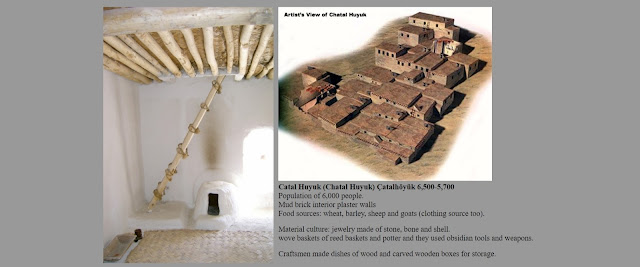Rather than streets people reached their homes by way of the roof tops and entered through holes in the roof via ladders.
Houses at зatalhфyбk entered through holes in roof.
The oven and hearth were positioned below the entrance which also.
Also çatal höyük and çatal hüyük.
çatalhöyük turkey archaeologist shahina farid can barely contain her excitement.
In july 2012 it was inscribed as a unesco world heritage site.
It was quite large 32 acres and so densely packed with houses that people had to enter their homes through holes in the roof.
But how could the rudimentary agriculture of 9000 years ago have drawn 10 000 people to settle in çatalhöyük.
The neolithic settlement of çatalhöyük in southern turkey has fascinated the world since it was first discovered.
Instead the buildings were entered through ladders via holes in the roof.
The first cities archaeologists had long believed that farming prompted our nomadic ancestors into the first settlements.
While excavating an ancient rubbish deposit her team of diggers found.
The site of çatalhöyük was arranged as a conglomeration of densely packed buildings and is estimated to have been occupied by between 3500 and 8000 people cessford 2005 adjacent structures shared walls and there were no windows or doors for entrance.
From turkish çatal fork höyük tumulus was a very large neolithic and chalcolithic proto city settlement in southern anatolia which existed from approximately 7100 bc to 5700 bc and flourished around 7000 bc.
Streets one supposes had not been invented yet.






